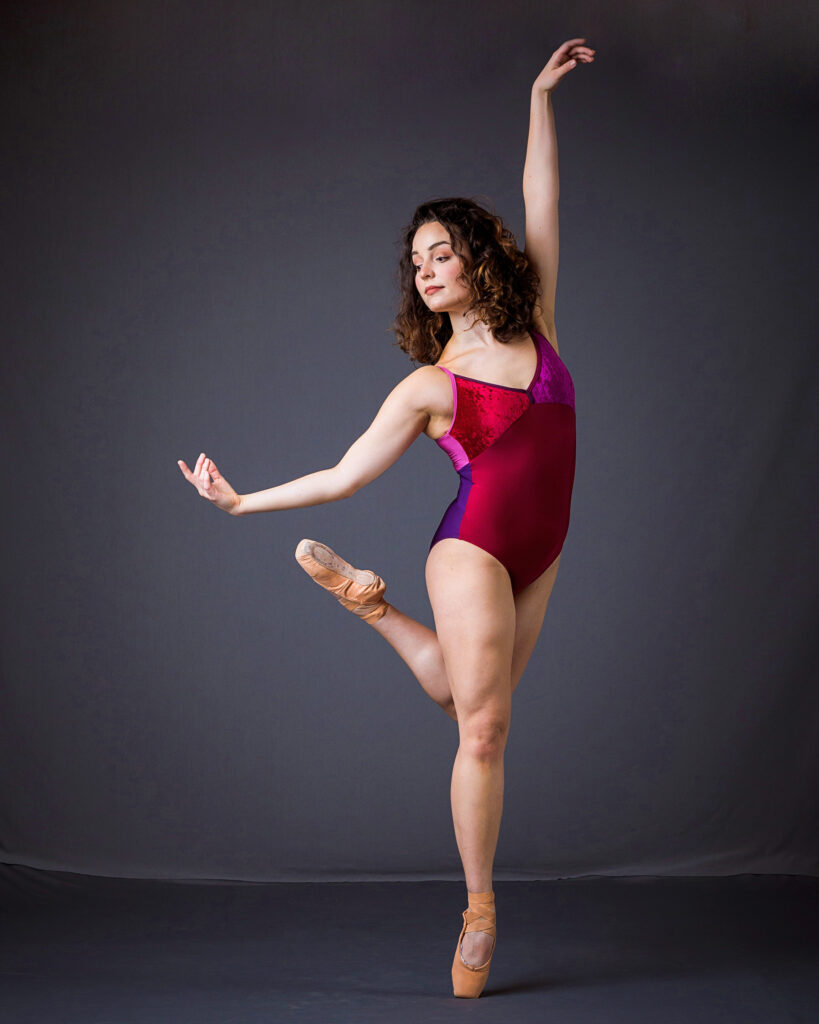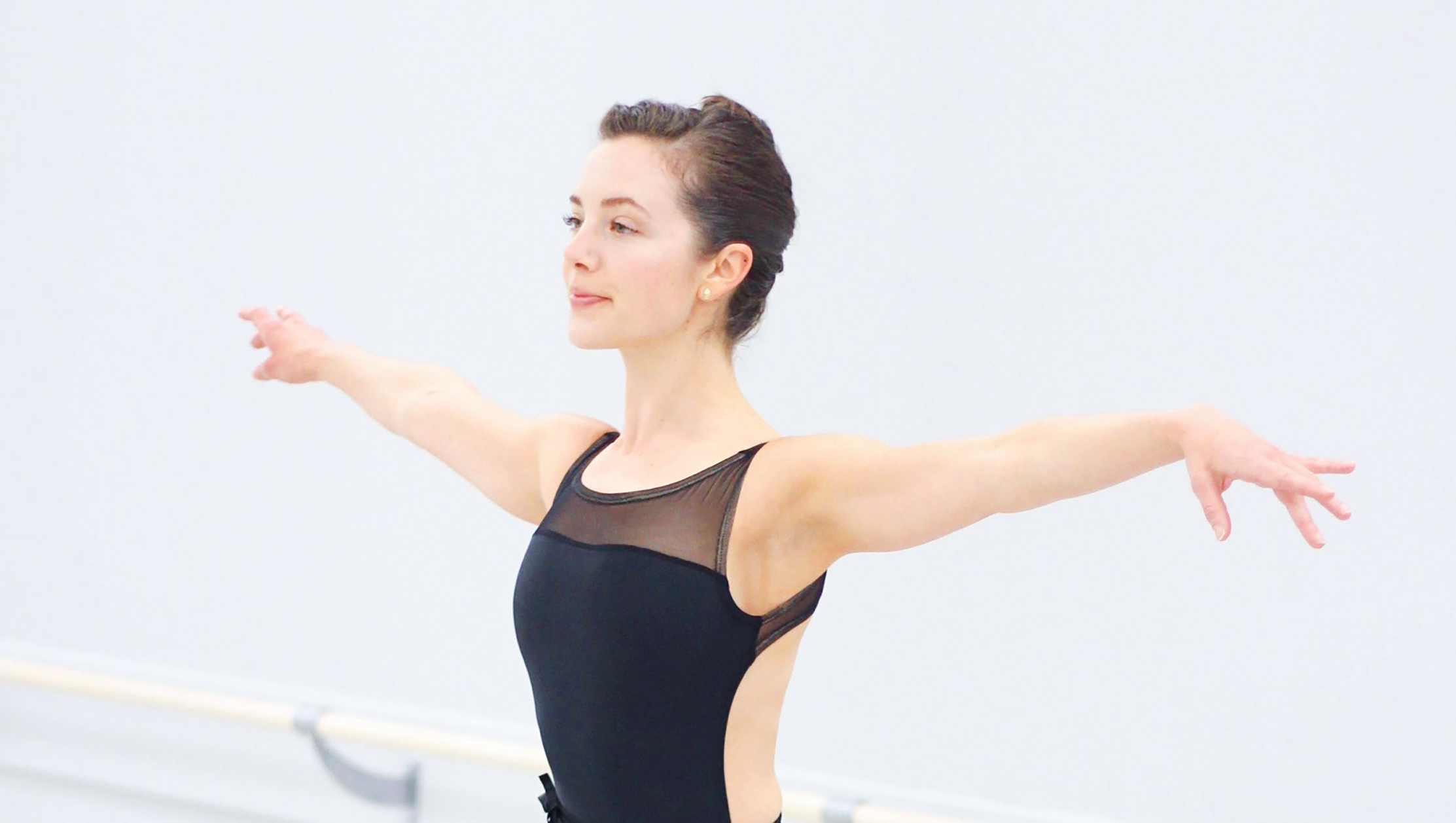8 Questions to Ask When Considering a Pre-Pro or Trainee Program
For ballet dancers looking to bridge the gap between school and company life, a pre-professional or trainee program is a logical step. These programs offer technique class alongside the chance to learn repertory and experience a professional dancer’s rehearsal schedule—occasionally with the promise of joining the main company by the end. But not all of these programs are created equal: They’re different in scope and size, which can make choosing the best fit a challenge.
Generally speaking, a pre-professional program caters to younger, less experienced dancers who need a more intensive focus on technique, and a trainee program offers the opportunity to experience a taste of what it’s like to be in a company, with daily rehearsal and chances to perform alongside company members.
As these programs are not one-size-fits-all, finding the right fit requires more than research and honest self-assessment. “It’s important to look closely and ask the right questions,” even if that makes you uncomfortable, says Jess Spinner, a health, nutrition and lifestyle coach and former professional dancer. “I want people to feel empowered to ask every question they can think of that’s relevant to making this decision.”
What do you need right now in your dance journey?
“Dancers need to be honest with themselves about where they are on their dance journeys,” says Spinner. “Some dancers are in need of more training, and any top-tier pre-professional program should work for them. Some are at a point, technically, where they should be ready for an experience where they’re more integrated into a company.” If you don’t feel capable of answering that for yourself, Spinner suggests reaching out to a teacher with recent professional experience and asking for advice.
Claire Peoples, who was a trainee with Boston Dance Theater and Confluence Ballet Company before joining New Mexico Ballet Company, recommends framing the question around your personal goals and how a program can help achieve them. “The temptation is to go with the program that’s the most prestigious-sounding, but that isn’t always going to be the environment you thrive in,” she says. “Someone might do better in a program with a company that’s smaller but they’re getting more one-on-one time than they would in a huge trainee program.”

What’s the size of the program?
Spinner says that a smaller group of 15 to 20 students is ideal during such a formative, focused training experience. Larger programs that enroll 50-plus students can be a red flag, though she notes that some pre-professional programs will separate students into smaller classes and groups based on age or ability.
How much does it cost to attend?
Some trainee programs require tuition, and others are free for dancers to attend—though there’s usually room and board to factor in, too. Peoples suggests dancers consider what city they’ll be living in—is the location prime for networking with other companies and artists?—as well as the cost of rent and transportation. It’s also important to figure out how many hours they’ll be participating in the program. “A lot of trainee programs are based on company schedules—a 9-to-5 sort of grind—so you’ll need to consider whether you have enough hours left in the day to work to help with your rent,” says Peoples.
How often do dancers from the trainee program earn a spot in the main company?
A company might not be able to quote you a statistic, but they should at least be able to give you a ballpark number. You can also do your own research, says Elizabeth Abbick, who was a trainee with Louisville Ballet before joining the company. “Read the dancers’ bios on the company website—they’ll say where they did their trainee program,” she says. That was one of the reasons she chose Louisville’s program: “It seemed like they were sourcing a lot of dancers, especially female ones, from their own trainee company.”
Will you receive personalized feedback?
“Will you be provided with one-on-one meetings with artistic staff?” asks Spinner. “If so, what do those reviews tend to consist of?” Access to artistic leadership becomes increasingly important as a student becomes closer to being company ready.
What wellness or mental health programs are offered?
Ask for details about what support for young dancers looks like, urges Spinner. “This is a very stressful time in your dance journey—there’s pressure building, you’re doing auditions—and it’s a recipe for burnout if you don’t actually have support available to you,” she says. “A lot of companies might be saying the right things, but I would want to know the actual things that happen to support dancers,” such as access to a mental health professional, physical therapist, dietitian and medical doctors.
Will you get the chance to perform?
Performance opportunities are an excellent resumé boost and learning experience. “It was important for me to pick somewhere where there was either a performance opportunity or an understudying opportunity—anything where I was learning repertory and not just taking technique class,” says Peoples. Abbick agrees: “It’s in these transitional years that you learn what would be expected of you in the corps, in a professional setting.”
Can you talk to faculty members or alumni?
Peoples recommends talking to both a faculty member or trainee program director as well as an alum ahead of making a decision. “Talking to a faculty member shows initiative and that you’re really interested in attending,” she says. “Alumni will have firsthand knowledge of what it was like, and they’ll tell you how it is.”




